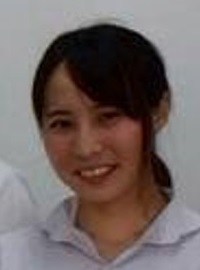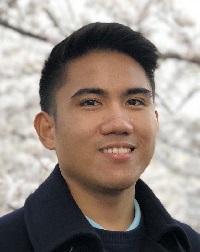The 10th International Conference on 3D and Advanced Dosimetry (Kunshan, China) に参加して
The 10th International Conference on 3D and Advanced Dosimetry (IC3DDose) was held at the Duke Kunshan University Conference Center in Kunshan, China last September 16 to 19, 2018. The conference’s main objectives are: 1) to provide a forum to talk about the most recent innovations and research in the field of 3D and advanced dosimetry, 2) to explore the current challenges of modern radiotherapy procedures in dosimetry, 3) to enhance the quality of radiotherapy treatments and quality assurance (QA) through the progress of clinical dosimetry, and 4) to motivate the diverse research in dosimetry and clinical practice through the collaboration of advanced,3D and semi 3D dosimetry methods.
After the deliberation of my submitted abstract, I was invited to give an oral presentation of my study entitled, “Development of a reusable PVA-GTA-I gel dosimeter for 3D radiation dose assessments”. My research was categorized under the Chemical Dosimetry session and scheduled on the second day of the conference, September 17, 2018 from 13:15 to 13:30. I focused around the exploration of the dose response properties and reusability of a novel radiochromic gel dosimeter formula composed of poly vinyl alcohol (PVA) crosslinked with glutaraldehyde (GTA) mixed with potassium iodide and additives using spectrophotometry. Varying concentrations of GTA were applied to further explore the effect of different molarities in the formula’s dose response. Linearity of the dose response, time progression and re-annealing effects were explored in this study. The resulting products of the formula were highly transparent gel samples that converts to a reddish hue after irradiation. Also, the lowest concentration of GTA (7mM) delivered the best dose response linearity within the dose range of 0 to 70 Gy. Furthermore, time progression results indicated that the absorbance values start to fade within the first 24 hours after irradiation and then increases subsequently. Moreover, re-annealing the samples could transform the samples back to its colorless state with absorbance value comparable to the unirradiated samples. However, there is still a substantial room for improvement in the formula’s reusability since the absorbance values were observed to increase after three to four re-irradiations.
Post-presentation, one question was raised regarding the attenuation of the absorbance values. To address this, I explained that the observed decrease during the initial phase is hypothesized to be caused by the reduction of the polyiodide ion to mono-iodide ion due to the lack of GTA or fructose. While the subsequent increase of absorbance could be due to the oxidation of the iodide ion instigated by the dissolved oxygen in the mixture. Consequently, the future needs of our study will be to further assess the formula composition by exploring other crosslinkers and investigate the effect of preparation techniques and storage conditions such as keeping the samples in a nitrogen-filled atmosphere.
All things considered, my presentation in the IC3DDose went well and was delivered properly within the allotted time frame. The IC3DDose 2018 conference provided a good avenue to showcase my research and to gain valuable feedback from the experts in field.

 Home
Home
















